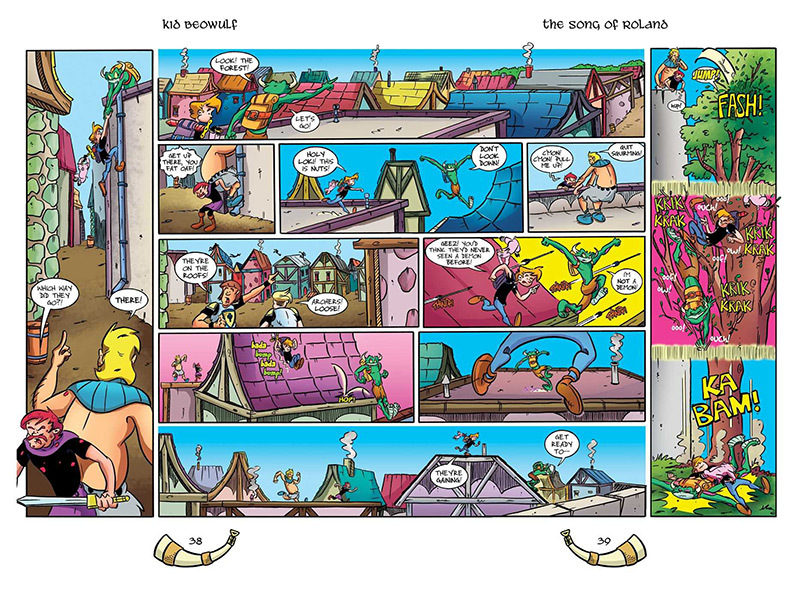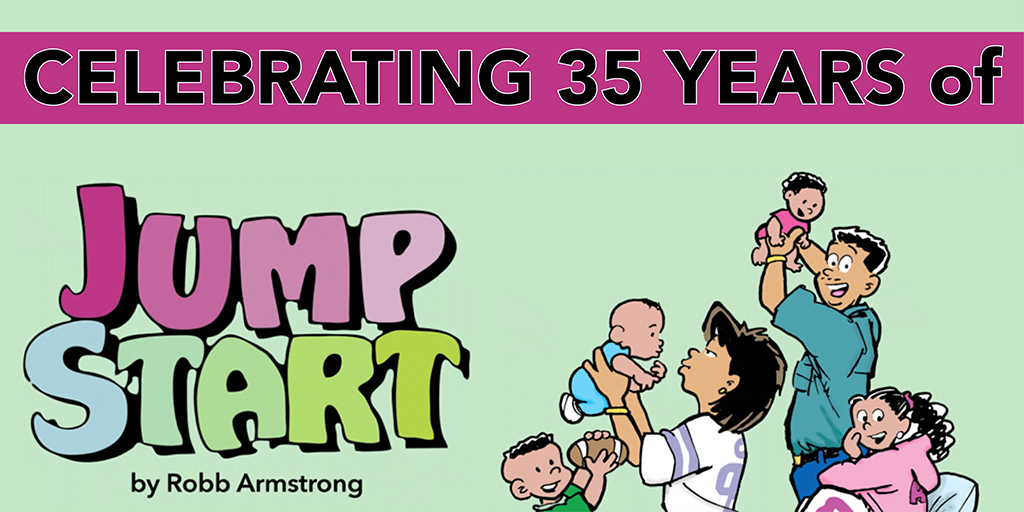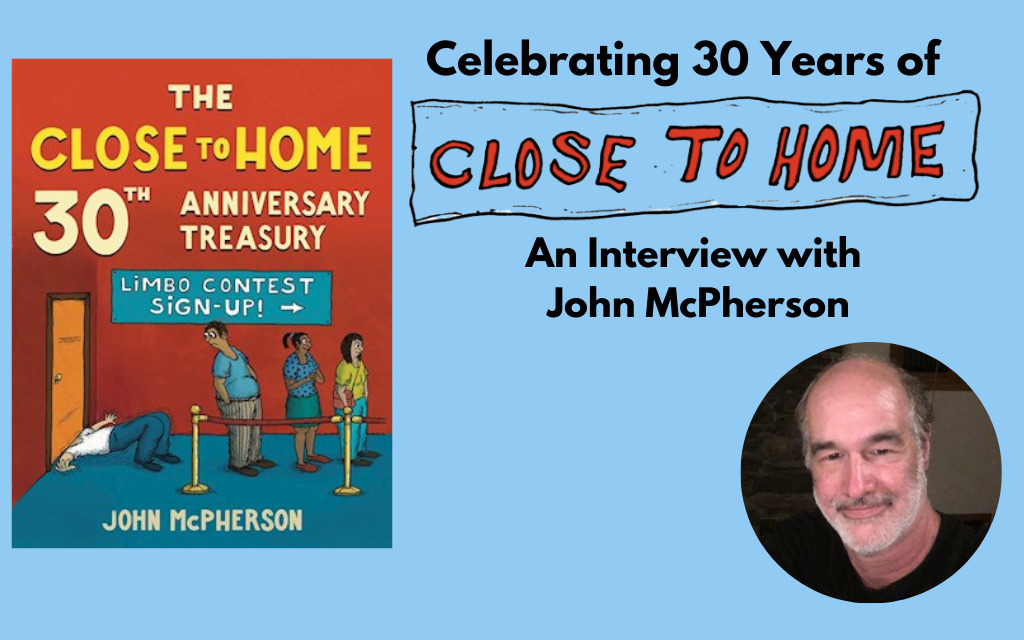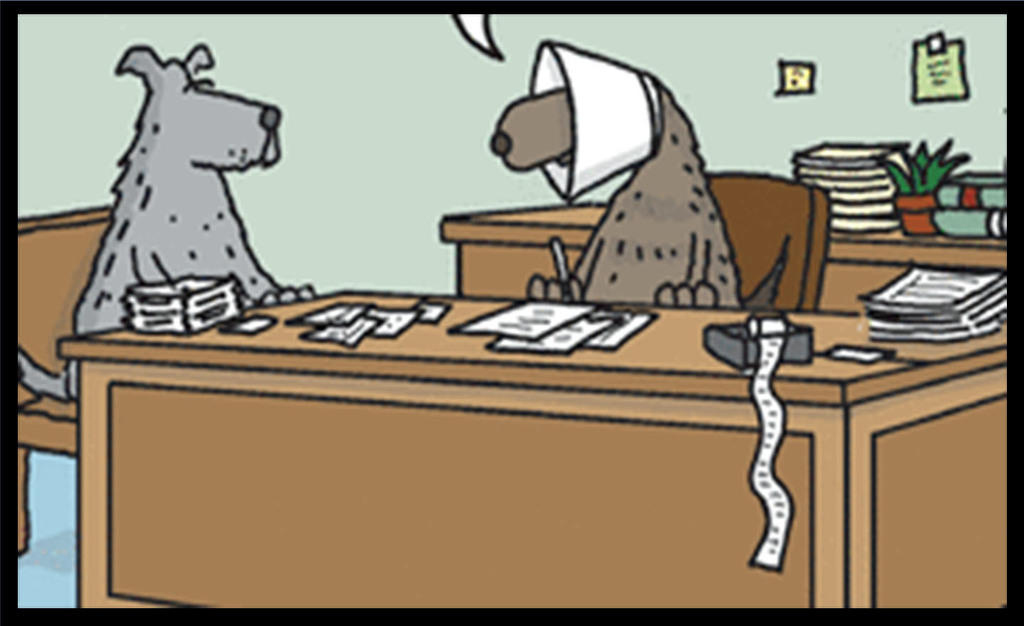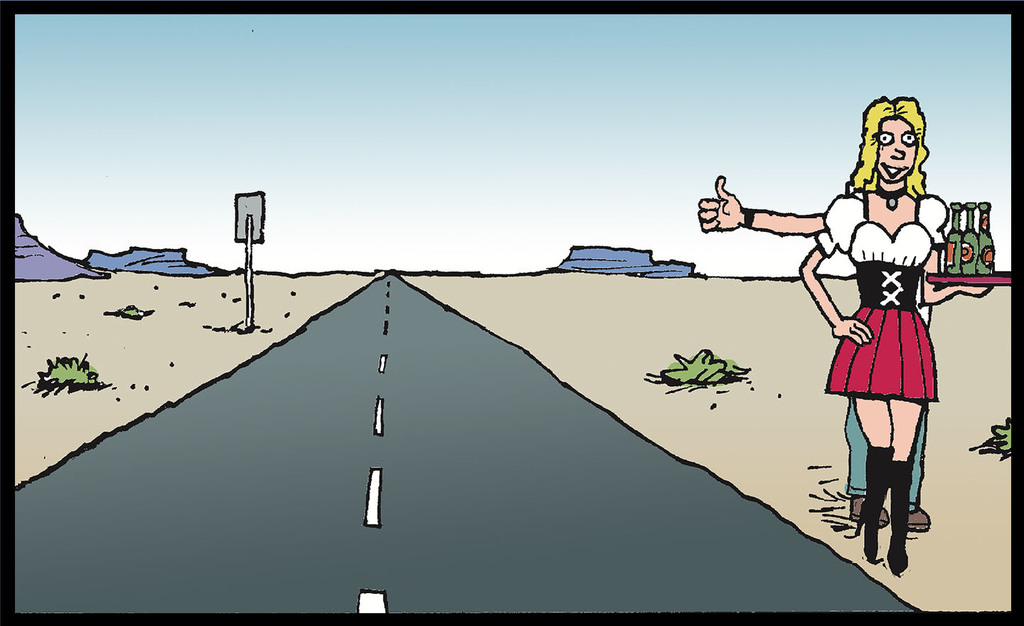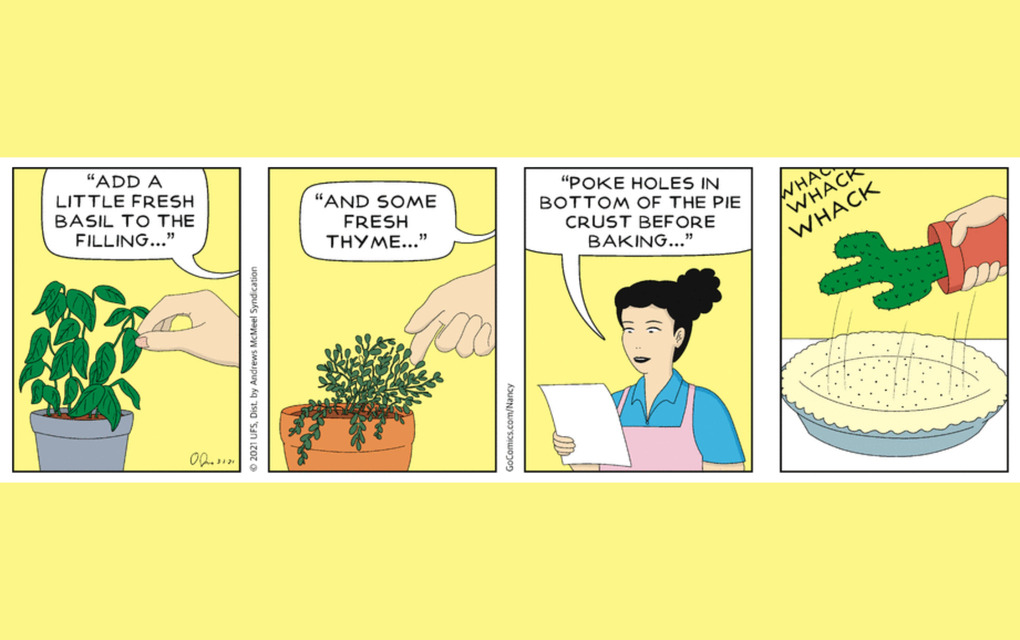Alexis E. Fajardo On His Second All-Ages Epic: 'Kid Beowulf: The Song Of Roland'
by Caleb GoellnerWhether you can recite all 3182 alliterative lines of the 1,000-year-old epic Beowulf poem or simply enjoy a colorful all-ages fantasy adventure, Alexis E. Fajardo's GoComics series Kid Beowulf has something for you. His twist on the dark monster-slaying tale that allies a younger, kinder (but no less courageous) Beowulf with his now-brother Grendel, has grown by hundreds of pages since its GoComics launch in 2014. With the second Kid Beowulf collection, Kid Beowulf: The Song of Roland, arriving in stores and online today, we got in touch with Fajardo to find out how his take on the classic epic took shape and where it might lead readers next.
 GoComics: Kid Beowulf: The Song of Roland is the second print collection in your ongoing Kid Beowulf series, which you've completed hundreds of pages of so far. Did you have a sprawling epic in mind when you created the series?
GoComics: Kid Beowulf: The Song of Roland is the second print collection in your ongoing Kid Beowulf series, which you've completed hundreds of pages of so far. Did you have a sprawling epic in mind when you created the series?
Alexis E. Fajardo: Yes, I’ve always imagined Kid Beowulf to be a series of books. So far I’ve completed three full-length graphic novels and a few supporting short stories (most of which has run on GoComics). The series takes twin brothers, Beowulf and Grendel across the world meeting other heroes and countries and growing up along the way and I have a rough idea of where they’ll go and who they’ll meet. I’m really excited that Andrews McMeel has picked up the series and I hope it does well in these new, full-color editions; even though Kid Beowulf runs as a webcomic, I create the stories with print in mind.
GC: Kid Beowulf is a fantasy comic, but it involves some historical figures and real locations. How much research goes into your depictions of these people and places (even if you wind up fictionalizing them)?
AEF: I do a fair amount of research for these stories. Thankfully there is no dearth of material – whether it’s translations, histories, documentaries, movies, etc. The stories I’m basing my books on have been around for centuries so I’ve got plenty to be inspired by, which all ends up in the creative melting pot. By the time I’m done with a story I often forget how one piece of research fit into the other and I just hope that the final story is satisfying to me and my readers.
GC: A lot of storytellers are big mythology nerds. What drew you to Beowulf?
AEF: Guilty as charged, I am a mythology nerd for sure! I grew up reading Greek and Norse mythology and ended up studying Classics in college so I’ve always loved those stories. As for Beowulf, I think I was the only person in my high school English class who enjoyed reading it. It was the first epic poem I read and something about the language and its imagery was seared into my brain from that day on.
GC: People come into comics and cartooning a variety of ways. What was your catalyst for deciding to make comics?
AEF: I was the kid who was always drawing and writing stories in school and I received encouragement from teachers and friends, which fed my delusions of grandeur. My first love was comic strips and for a long while I wanted to do a daily comic strip, but as my style developed I realized I was drawn to longer narratives found in comic books and graphic novels. Also, I wasn’t funny enough to do a daily strip and I’m told that’s important.
AEF: I was the kid who was always drawing and writing stories in school and I received encouragement from teachers and friends, which fed my delusions of grandeur. My first love was comic strips and for a long while I wanted to do a daily comic strip, but as my style developed I realized I was drawn to longer narratives found in comic books and graphic novels. Also, I wasn’t funny enough to do a daily strip and I’m told that’s important.
GC: What's something you wish you'd known when you started Kid Beowulf?
AEF: How to draw! I’m so envious of these insanely talented kids who went to art school and have amazing chops. I’m a self-taught cartoonist, so it’s taken me a long while to figure out what I was doing (still is!). In hindsight, I would probably tweak some early choices I made on character design or story but I try not to get too mired in that stuff and just accept that I’m creating my own little universe with its own rules and eccentricities.
GC: Any comic creator with a long enough body of work evolves over time. How do you think you and your style have evolved since you started Kid Beowulf?
AEF: I’ve become a better cartoonist and I’m finally starting to draw closer to what I’d like to see on the page. I think I’m also getting better at the writing part too which was a goal I had when doing the short stories – to force myself to get tighter and focus the narrative more. We’ll see if any of it pays off when I start the next graphic novel.
GC: Kid Beowulf is an all-ages adventure. Did you set out to make a comic that's accessible to kids, or is the book's tone simply what you were drawn to creating?
AEF: Yes to both – I grew up reading the Asterix books, watching Looney Tunes, and reading mythology, and all that informed my storytelling aesthetic. But I also want to introduce kids to all these dusty epics because they’re just lots of fun! Beowulf, Roland, Odysseus, Gilgamesh – these are some of the very first superheroes. Putting them into a context that is accessible to younger readers is my underhanded way of getting them excited about history and mythology and maybe fired up to explore those original stories on their own.
GC: In addition to creating Kid Beowulf, you're also the Senior Editor at the Charles M. Schulz Studio. What do you enjoy about your career mix? Is it ever challenging balancing everything?
AEF: Growing up, I read Peanuts in the newspaper every day and I aspired to be a cartoonist like Schulz, so working at the same studio where he drew Peanuts is a surreal experience. We continue his legacy as best we can, and I enjoy working with publishers from around the world who publish Peanuts books. Every now and then cartoonists will visit the studio and I’ll get to show them around – they are always in awe of all Schulz accomplished, and that’s all because he sat at his drawing board and drew every day. It’s a good reminder for me to try and do the same.

